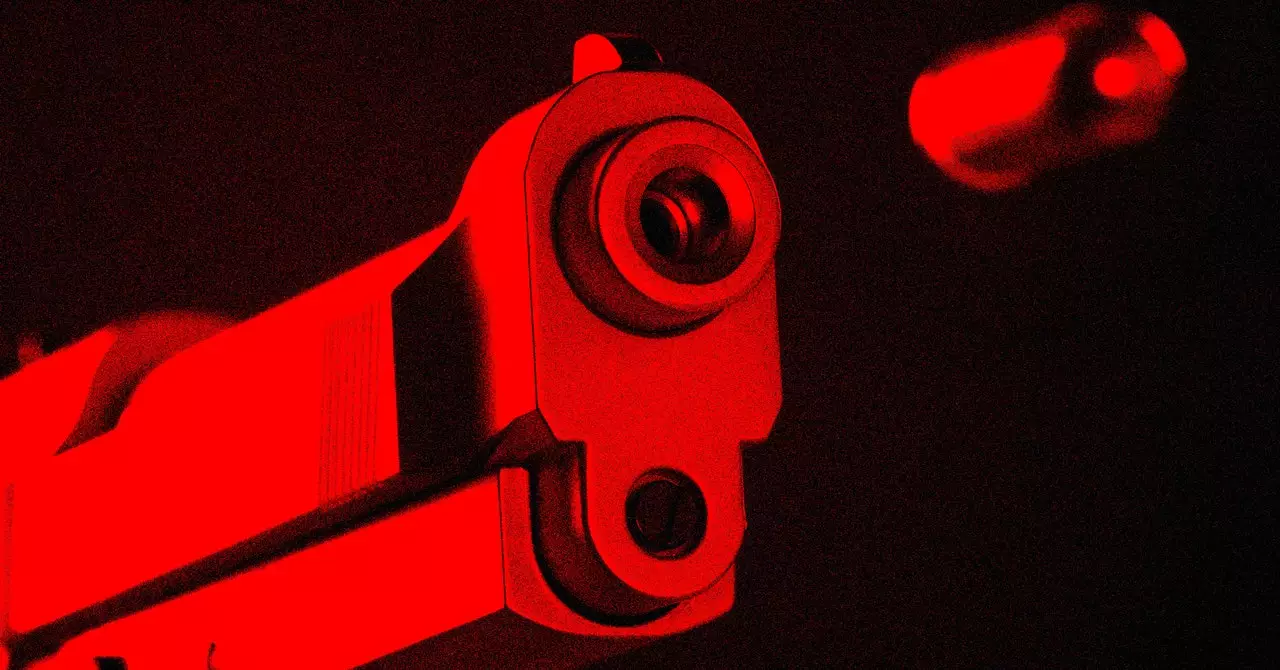Recent audits of gunshot detection systems in major cities like New York City and Champaign have raised concerns about the accuracy of these technologies. In New York City, the comptroller’s audit revealed that only 13 percent of the alerts generated by the ShotSpotter system could be confirmed as gunfire. This underwhelming accuracy rate calls into question the effectiveness of such systems in actually detecting real gun violence incidents.
Companies like Flock Safety have touted the high accuracy rates of their gunshot detection systems, claiming that they are over 90 percent accurate. However, the reality may not be as rosy as these companies make it out to be. The auditors from New York City and Champaign found discrepancies between the actual confirmed gunfire incidents and the alerts generated by these systems, casting doubt on the reliability of their accuracy claims.
Despite claims that gunshot detection systems can help police respond faster to shooting incidents and collect more evidence, studies have shown mixed results. While police may indeed respond faster to automated alerts compared to 911 calls, there has been no conclusive evidence that these systems actually lead to a reduction in gun-related crimes or an increase in solving gun crimes. This calls into question the true effectiveness of investing millions of dollars in these technologies.
The hefty price tags associated with these gunshot detection systems, such as the $22 million contract between the NYPD and SoundThinking, raise concerns about whether the cost is justified. The comptroller’s recommendation to not renew the contract without a more thorough performance evaluation highlights the need for a cost-benefit analysis of these systems. Are they truly worth the millions of dollars spent on them, especially when their effectiveness is still uncertain?
In addition to questions about accuracy and effectiveness, there are also privacy concerns surrounding these gunshot detection systems. San Jose’s Digital Privacy Office recommended that the police department continue improving the accuracy of the Raven system to avoid potential privacy violations. While these systems may provide valuable evidence for violent gun crimes, the potential risks to privacy must also be taken into account.
The reality of gunshot detection systems is far more complex and uncertain than the marketing claims of their manufacturers. With questionable accuracy rates, unproven effectiveness, and privacy concerns, cities and law enforcement agencies must carefully weigh the costs and benefits of investing in these technologies. It is crucial to conduct thorough evaluations and research before committing millions of dollars to systems that may not deliver on their promises of reducing gun violence and improving public safety.


Leave a Reply